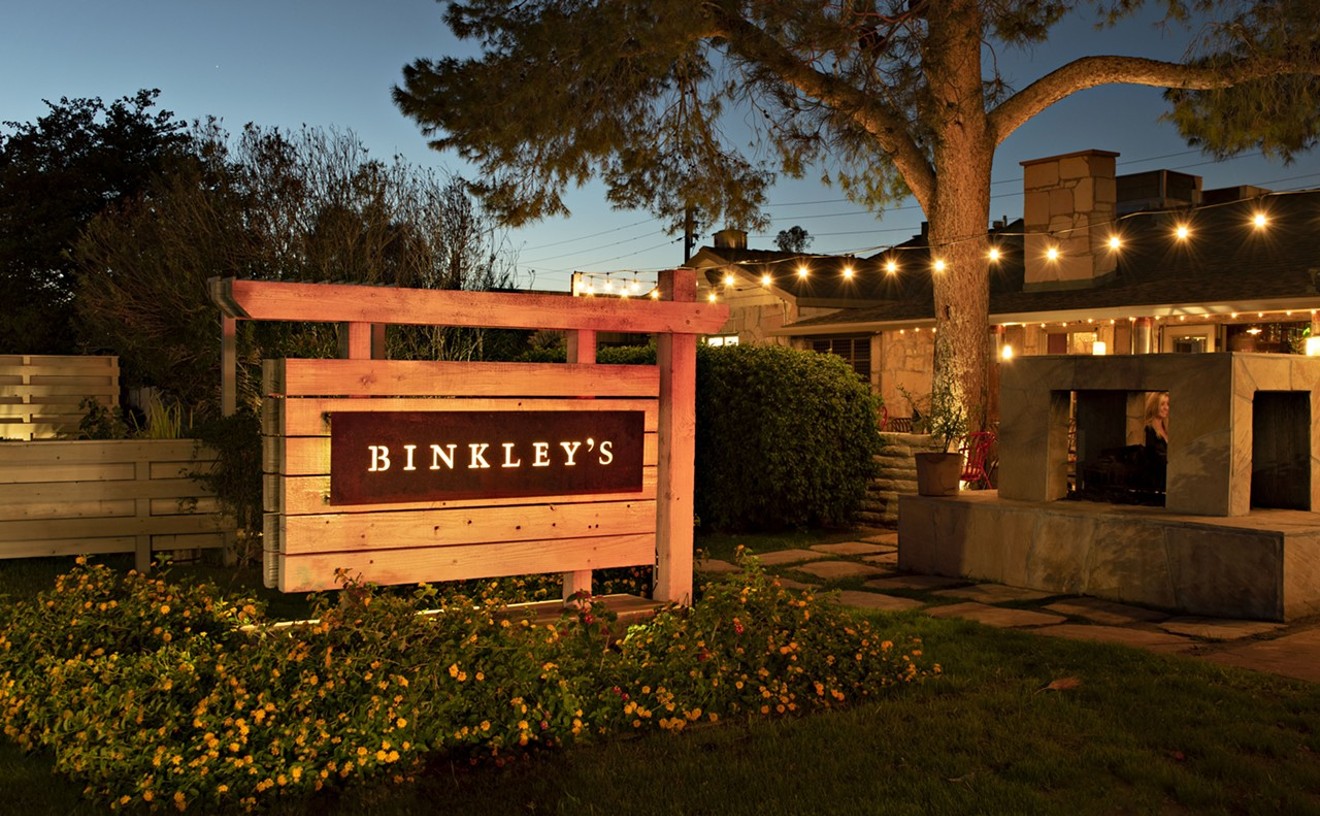Nothing evokes sophistication and class like hosting your own wine and cheese party. However, while browsing through the tantalizing selections at Whole Foods or AJ's, it can be difficult to know which wines go with which cheeses. In fact, pairing wine with food can be challenging in general.
We know that the old rule of thumb that white wine is for fish, and red wine for beef isn't exactly correct — the reality of wine pairings is much more complex. Here are a few tips to get you started on the elegant cheese party of your dreams.
The first step in pairing your wine with cheese is understanding what kind of wine you have on your hands. Start with the grape varietal and work from there. Ask yourself about the structure of the wine. How is its acidity? Is it big-bodied, medium-bodied, or light? Is it sweet? Does it have any flavors you can readily pick out, like apples and pears, or stewed, red fruits? How is its finish? Once you determine what sort of wine you're dealing with, you're more than halfway to picking out a cheese that will complement its flavors.
Next you want to consider the age of your cheese. Affinage, or the aging, ripening, and maturing of cheese, has a big effect on flavor. While young cheeses have a higher water content, and tend to have a milkier consistency (think: Brie), older cheeses have evaporated much of their water, and are left with rich, flavorful fats and proteins. Affinage also adds new flavors to cheese, like nuttiness in Gruyère, or pungency in ashy blue cheeses. Like wine, cheese can be full of complex flavors descriptors that may seem obtuse to the uninitiated. Getting acquainted with them puts you one step closer to your perfect pairing.
Here are a few more rules of thumb:
Acid Loves Acid
One of the first things you want to consider in a wine and cheese pairing are the respective acid levels of each item. It would be a huge mistake to pair something with high acid like fresh goat cheese to a low acid wine. The astringency of the cheese will overshadow the wine so dramatically that the wine could end up tasting flat and flavorless. Try your best to match acid levels, so that the flavors of the cheese and wine can hold up to one another.
Example: Humboldt Fog cheese, which is make with goats milk, has a tangy, bright flavor. Enhanced by a bloomy mold that lends an herbaceous flavor, Humboldt Fog is not as acidic as a fresh goat cheese, but still needs a crisp wine to help it stand. We recommend serving it with a Sauvignon Blanc or Pinot Grigio, or with Arizona's own Page Springs Cellars' 2012 Vino Del Barrio Blanca. The tart citrus flavors of the Vino Del Barrio will complement the natural acid of the Humboldt Fog, while the addition of Voignier and Malvasia grapes in the blend add floral hints that nicely match the herb and ash of the cheese.
Sweet + Salty
While pairing acid with acid is about matching similar qualities, pairing sweet and salty flavors together is all about opposites that attract. Even the most amateur of snackers can attest to the delights of sweet and salty treats, and wine and cheese are no exception. Saltier cheese will increase your perception of sweet flavors in wine without letting them overwhelm you. Salty and sweet simultaneously augment and temper one another, rendering them a nearly perfect pair every time.
Example: While not overwhelmingly salty, Grand Cru Reserve is a savory, nutty cheese that has a slight saltiness perfect for pairing with a sweeter wine. We recommend pairing it with Riesling, or Arizona's Callaghan Vineyard's 2010 Ann's Selection. The use of Symphony grapes in the blend render a sweet, balanced wine that will naturally play off the subtle salt of the Grand Cru.
Use Fat to Your Advantage
Don't be afraid to use fat to smooth over some of the spikier aspects of wine. A wine high in acid, alcohol, or tannin can be softened with the use of fat. Fat bonds with tannin and moves it across your palate, clearing your taste receptors for the next sip of wine. Similarly, a wine high in alcohol, which can sometimes cause unwanted warmth, can be mellowed with a fattier cheese.
Example: While cheese increases in fat content the longer it ages, young cheese like brie can lend a creamy mouthfeel that mimics the fullness of a fatty cheese. We recommend pairing a triple cream brie with a structured, medium-bodied wine like Pinot Noir or Nebbiolo, or local favorite, Los Milic's Hannah's Blend.
"What grows together goes together"
Finally, If all else fails, this old adage is usually pretty useful. Consider where your wine was grown - not just the country, but also the region - and try to find a cheese that comes from there. Pairing wine and cheese isn't too hard if you use your palate and have a few basics figured out. But it's always nice to be able to lean on some tried and true tactics.
Follow Chow Bella on Facebook, Twitter, and Pinterest.
[
{
"name": "Air - MediumRectangle - Inline Content - Mobile Display Size",
"component": "18478561",
"insertPoint": "2",
"requiredCountToDisplay": "2"
},{
"name": "Editor Picks",
"component": "16759093",
"insertPoint": "4",
"requiredCountToDisplay": "1"
},{
"name": "Inline Links",
"component": "17980324",
"insertPoint": "8th",
"startingPoint": 8,
"requiredCountToDisplay": "7",
"maxInsertions": 25
},{
"name": "Air - MediumRectangle - Combo - Inline Content",
"component": "16759092",
"insertPoint": "8th",
"startingPoint": 8,
"requiredCountToDisplay": "7",
"maxInsertions": 25
},{
"name": "Inline Links",
"component": "17980324",
"insertPoint": "8th",
"startingPoint": 12,
"requiredCountToDisplay": "11",
"maxInsertions": 24
},{
"name": "Air - Leaderboard Tower - Combo - Inline Content",
"component": "16759094",
"insertPoint": "8th",
"startingPoint": 12,
"requiredCountToDisplay": "11",
"maxInsertions": 24
}
]










